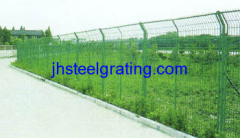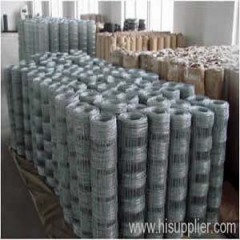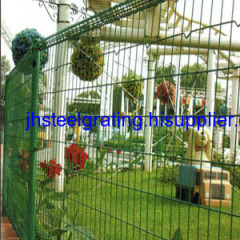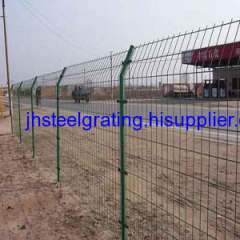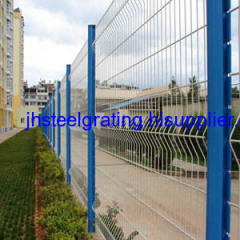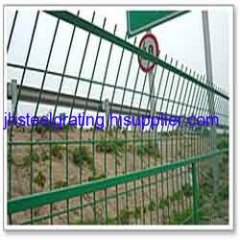.jpg)
|
Anping Jinghua Steel Grating Metal Wire Mesh Co., Ltd.
|
Woven wire mesh
| Place of Origin: | Hebei, China (Mainland) |
|
|
|
| Add to My Favorites | |
| HiSupplier Escrow |
Product Detail
Knitted wire mesh is a highly adaptable and configurable material offering superior functionality in a variety of applications.
.jpg)
.jpg)
.jpg)
.jpg)
.jpg)
.jpg)
.jpg)
.jpg)
Knitted wire mesh is made of either crochet or knitting of various wire materials including stainless steel, copper, synthetic fiber and other materials.
Knitted wire mesh products are applied to those applications including cryogenic, high temperature, corrosive atmosphere, heat conductive, high usage, or special service applications.
Knitted wire mesh is a metal wire or plastic strand knitted into a mesh structure in very much the same way as stockings or sweaters. It is in no way related to the woven metal materials familiar to us as fly screens.
Knitted metal has distinct advantages over most competitive materials. Because each loop acts as a small spring when subjected to tensile or compressive stress, knitted metal has an inherent resiliency. If it's not distorted beyond its yield point, the material will resume its original shape when the stress is removed. Even when it's compressed into a special shape, a high degree of resiliency is retained. Varying the knitted structure, wire diameter, wire material and forming pressure used to create the part can control this characteristic.
Knitted metal also provides high mechanical damping characteristics and non-linear spring rates. Vibration and mechanical shock can be effectively controlled to eliminate the violent resonant conditions and provide ample protection from dynamic overloads.
In compressed form, knitted metal can handle shock loadings up to the yield strength of the material itself. The load may be applied from any direction—up, down or in from all sides.
Knitted wire mesh is a highly adaptable and configurable material offering superior functionality in a variety of applications. Knitted in a circular pattern resembling a tube sock, its interlocking-loop construction gives it tremendous strength and resiliency while allowing it to be pliable and to conform to almost any size, shape or density requirements. Because it can be made from any metal, plastic or fiberglass tread or wire, its physical characteristics can be tailored and tweaked to meet any operating environment requirements.
After it is produced, knitted wire mesh can be processed in a number of different ways. For some applications, such as catalytic converter knitted wire mesh supports, flattening mesh to a specific thickness and then crimping it provide a certain amount of spring back and prescribed holding force. For other applications, such as breathers and filters, lengths of knitted wire mesh are pressed into shapes that yield specific densities. Additional finished goods processing include over-knitting (adding an additional layer of knitted wire mesh) and co-knitting (making knitted wire mesh with more than one type of wire).
Didn't find what you're looking for?
Post Buying Lead or contact
HiSupplier Customer Service Center
for help!
Related Search
Galvanized Woven Wire Mesh
Steel Woven Wire Mesh
Dutch Woven Wire Mesh
Stainless Woven Wire Mesh
Decorative Woven Wire Mesh
Metal Woven Wire Mesh
More>>

.jpg)
.jpg)
.jpg)
.jpg)
.jpg)
.jpg)
.jpg)
.jpg)
